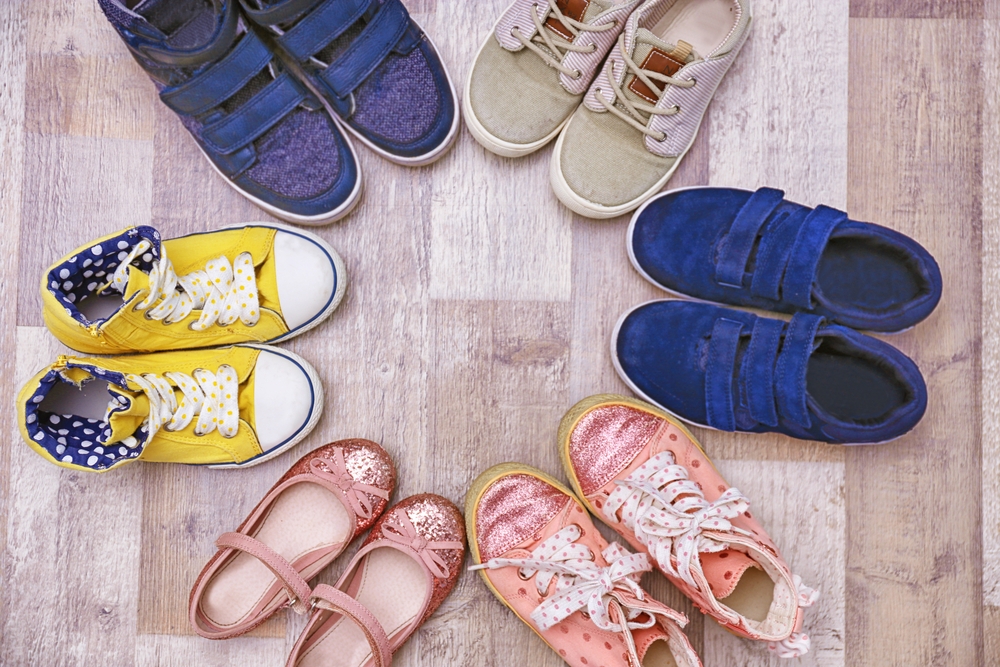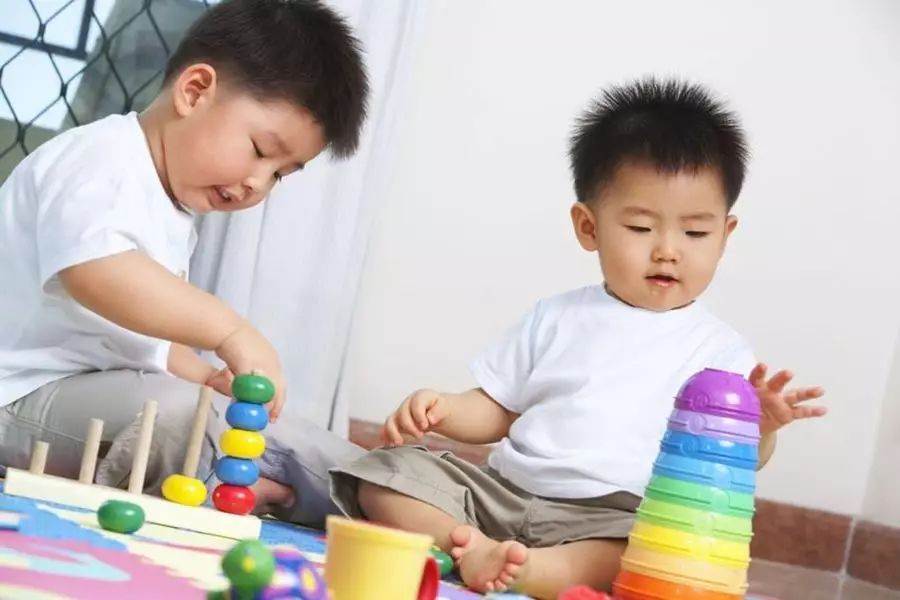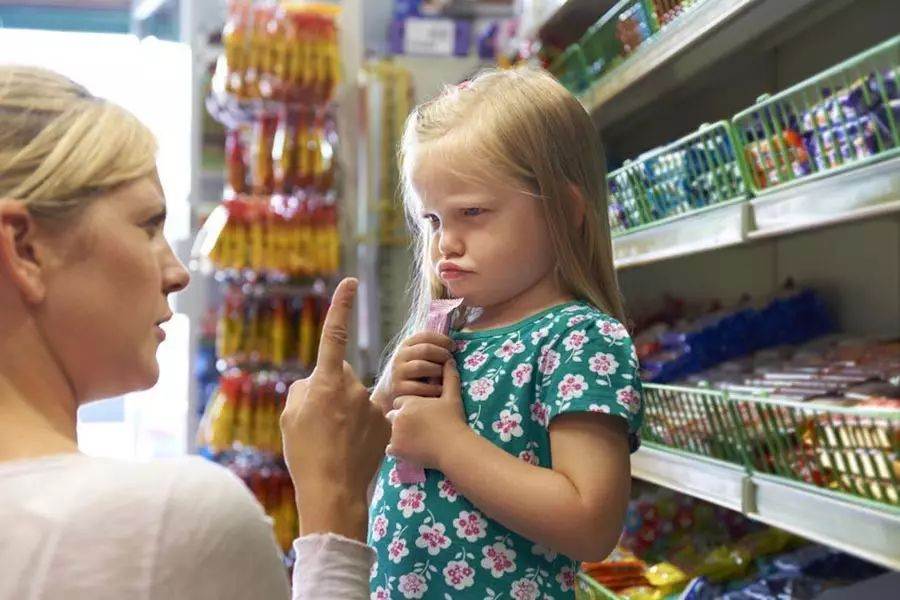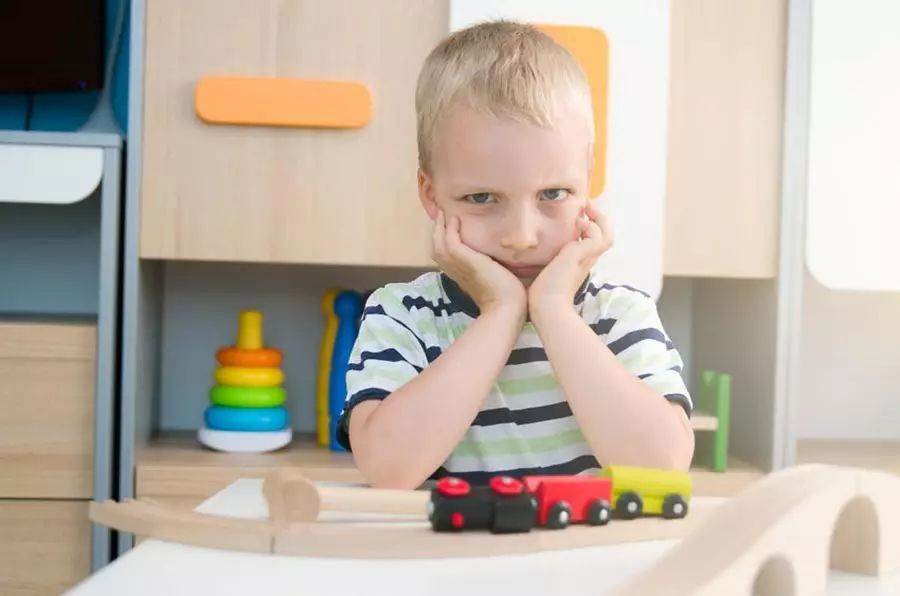
Recently, many parents on the Internet are turning to an article, saying: Babies should not wear more than 3 pairs of shoes, 5 sets of clothes and 5 toys.
The article said: The more choices you give your baby, the happier it will not make your baby happier, but it will be bad for your baby. Too many choices will distract your concentration and make you more picky…
It sounds reasonable, but is it really the case?
We found Mr. Ye Zhuang, a master of psychology, who smiled when he saw the title of this article:
In this way, my son can only have a quota of two sets of summer clothes, two sets of spring and autumn clothes and one set of winter clothes. If it rains today, he is not even qualified to buy raincoats.
Oh, of course, he’d better not pee his pants! Otherwise, even changing will be a problem.
To say good, the only good is to save money for parents.
Apart from the quantitative limit, is this statement reliable that material abundance has a bad influence on children?
Come on, let’s listen to how Mr. Ye Zhuang analyzed it.
Use numbers to raise children? It sounds reasonable but actually meaningless.

Some parents will worry that too much material is not good for their children, so a look at such articles makes sense to Beier.
However, in the process of child-rearing, the most unreliable suggestions and so-called child-rearing methods are this: it sounds somewhat reasonable and even has some impulse to follow suit, but if you think about it carefully, it is almost meaningless.
Yes, there is indeed a psychologist who said [more choices make people perform worse]. The psychologist’s name is BarrySchwartz. He is a professor of social psychology at Swarthmore College in the United States, a frequent visitor to TED, and a translator of his book “Paradox of Choice”. He is a good friend of mine.
However, Barry’s research results cannot be directly extended to the reason why we have poor children to limit their growth resources. The focus of children’s ability development is not on the amount of material itself.
Take toys as an example. It is really inappropriate to buy 50 small trains for a child, but it does not mean that buying only five toys full of small trains for the child is the best solution.
The richer the material, the lower the concentration?

Many parents are worried: the richer the material, the easier it is for children to be distracted? Children with fewer toys at home will have higher concentration when playing with toys than children with more toys?
Let’s look at a study first.
Two researchers from the University of Manitoba did a related study with rats.
They created two tribes of rats, one of which was extremely intelligent and the other was of poor intelligence. Then they chose three environments with different levels of resources and types to raise newborn rats from the two tribes.
The offspring of rats from the two tribes were scattered into three environments.
In the rich environment, the foolish and the clever eventually become as clever.
In a poor environment, the wise and the stupid eventually become equally stupid.
Only in the ordinary environment does the difference in intelligence appear between smart rats and stupid rats.
This is true of even rats, not to mention children with learning ability MAX.

Let’s make another analogy: when a child draws, you give him 20 colored pens, and what he draws is not necessarily more serious and focused than what he draws with 5 colored pens.
However, if you give him 5 colored pens, 5 writing brushes, 5 pencils and 5 crayons, he may have more room and concentration to play his fantastic ideas than children with only 5 colored pens.
Therefore, the environment that can really cultivate children’s concentration, emotional control and even intelligent development is an environment of [high quality and rich content]. Abundant quantity is one condition, and high quality and diversified content is another condition.
In such an environment, children come into contact with things with a good balance of quantity, type and quality.
The more material the child is, the less he knows how to cherish it?

In addition to the concentration mentioned above, parents generally have a worry, fearing that as a result of [rich support], children will get it too easily and become more picky.
It is true that children will definitely become [picky] in the face of more choices. However, [picky] is not a bad thing.
The reason why parents think [picky] may be a problem is that the children’s [picky] state will make parents unhappy:
I bought it for you, why do you still choose!
What’s the difference between this and that? Why do you have to do that?
Do you want to buy again? There is one at home, why do you want it?
In most cases, this kind of displeasure cannot be blamed on the children. In fact, it is the parents’ lack of empathy or lack of communication with the children in advance-you are a person who is especially afraid of smelly, but today a friend came to your home and brought a durian as an accompanying gift. You are not happy. Do you feel picky?

As adults, we may give ourselves an explanation: [Forget it, what we do is also a heart.] and then greet each other with a smiling face.
However, the child does not have this kind of skill. At his age, he has developed likes and dislikes of things and a deeper self-understanding. However, he has not yet learned the routines and skills of playing with others.
A child [picky] does not mean that the child is bad, it means that the child has his own ideas and thoughts.
[Anything], [Anything], [Anything], [I don’t care], [Anything]-If children always hear parents say these words, this is the real thing to be vigilant about.
We should not easily label our child as [picky], but should exchange more opinions in advance, consult opinions, exchange opinions, and provide him with several feasible alternatives-most importantly, respect him who has become an independent individual.
Teacher Ye Zhuang’s conclusion to us is: there is no absolute KPI for parents. Don’t use numbers to limit your care for your children. [five sets], [five sets] and [three pairs] are definitely not the maximum values of care.
The best care for children comes from scientific upbringing methods and real respect.
Therefore, please don’t swallow all kinds of indicators of “poor support” or “rich support”. How to provide a balanced and high-quality growth environment for children is the most important thing.
